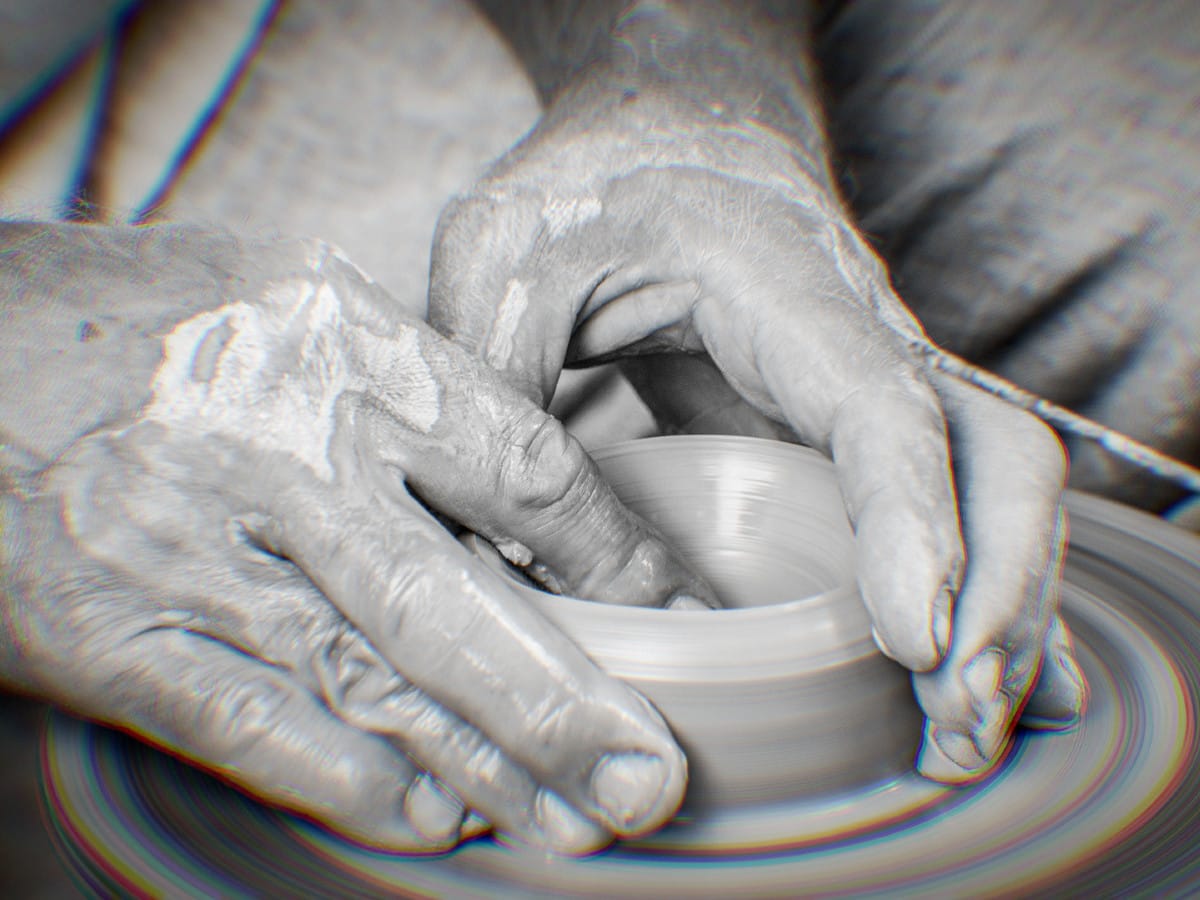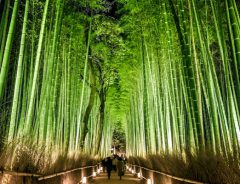
Source: © pixabay.com
Traditional crafts made in Kyoto provide a beautiful glimpse into the aesthetic of Japan
- Tags:
- Craftsmanship / Kyoto
Related Article
-

Go Glamping Japanese Style With This Traditional Japanese Hotel Room On Wheels
-

Twitter delighted and terrified by Kyoto building that looks like a robot
-

Now You Can Experience Traditional Japanese Art in Mixed Reality at Historic Kyoto Temple[PR]
-

Japanese comedian Noritake Kinashi opens charming art exhibition in Kyoto
-

Kyoto’s Iconic Bamboo Grove is Being Defaced by Tourists
-

JR West’s Hello Kitty Train Celebrates Japanese Culture from Kansai Airport to Kyoto


Although Japan has more than its fair share of world-class destinations and scenic towns, none are quite as popular as Kyoto. The historic prefecture is home to the namesake city, which fortunately escaped destruction during WWII. As such, the hundreds of temples and shrines within the municipality are remarkably well preserved. Universally recognized attractions like Kinkakuji, the golden pavilion, and Fushimi Inari Shrine stand among the 17 UNESCO world heritage sites located in the city.
However, the massive draw of these landmark tourist attractions seems to overshadow the artisanship unique to the region. Kyoto cuisine, for example, is highly regarded across the country. While renown kyo kaiseki multi-course haute cuisine will set diners back 10,000 JPY ($95) or more, local sweets like yatsuhashi are much more affordable and just as memorable. Paired with matcha green tea, such confections easily make for a memorable meal.
Sure enough, Kyoto is a city of high-class sensibilities. Residents have refined tastes and manners. The craftsmanship unique to the area is also world-class. Artisans take great care to make stunning pieces like kirikane gold leaf motifs and colorful handmade Saga masks. Made with the utmost care and attention, these handmade products are prized throughout Japan and around the world.
Kirikane
Kirikane 截金 is a traditional type of pattern creation in Asia. The technique involves cutting and applying thinly sliced pieces of gold or other precious metals used to stylize various crafts. Artists use brushes to bond metals as they lay detailed patterns, sometimes burning metals and materials together.
Kirikane was originally widely used in Buddhist art, often to accent aspects of statues. The practice was widespread throughout Japan from the 11th to the 14th century. Following that period, however, the art form nearly disappeared as Buddhist art became uncommon.
Shikebiki Cloth Dyeing
Shikebiki 絓引き is a type of kyōyūzen 京友禅, or cloth dyeing technique developed in Kyoto. Considered a delicate process, it involves using a comb to hand paint a striped or latticed pattern onto a white cloth.
Typically, artists use several combs, made from select animal hairs, to dye the cloth. Variations in stripe thickness and coloration are leveraged to create a simple yet elegant design.
Unfortunately, the technique is at risk of dying out as the demand for kimono wanes in recent years. Practitioners are highly skilled, and their numbers few. As such, artists have begun using the method on items other than the traditional kimono. This provides a broader appeal while exposing more people to the practice.
Platinum-coated Ceramics
Like many cultures, Japan has a long history of pottery production dating back to the Stone Age. In the 5th century, cave kilns were imported from China and saw widespread use for a period. Their unique shape requires constant burning of wood but facilitates intense heat. This heat helps create a complex ash glaze capable of great variations in color and texture. Although contemporary use has dropped, the kiln's style was very influential and helped create a profound appreciation for pottery among Japanese people.
A common application of Japanese ceramic craftsmanship is seen in 杯 sakazuki, a cup for sake. Elaborate versions are available throughout the country, and their craftsmanship is cherished.
Kyōgen Theater Masks
While surgical masks are a common sight during the COVID-19 outbreak, traditional masks remain popular in Japan. Noh theater, for example, is defined by its use of the item to establish characters and dramatic effect. Some are so aesthetically designed that performers attribute spiritual powers to the prop. In a similar fashion, traditional masks are also an important part of festivals and religious rituals.
The attention paid to the creation of Saga masks is particularly telling of the art form. Used in Kyōgen theater, they are also a product of Kyoto.